
Is Sustainable Catering the Next Blockbuster Trend
16 min read Explore how sustainable catering is transforming events and reshaping the food industry with eco-conscious practices, local sourcing, and waste reduction strategies. (0 Reviews)
Is Sustainable Catering the Next Blockbuster Trend?
In the dynamic, ever-evolving world of hospitality and events, the choices made around our tables are rapidly changing. From backyard BBQs to glittering weddings and keynote-driven corporate galas, the question of what, how, and why we eat is gaining sharper focus, pivoting sharply towards sustainability. But what's fueling this surge in eco-conscious catering, and will it define a new era for the food service industry? Let’s unpack why sustainable catering is poised to be the next blockbuster trend and how businesses, clients, and communities are embracing it.
Understanding Sustainable Catering

Sustainable catering isn’t a buzzword—it's a philosophy and operational approach grounded in environmental responsibility, social consciousness, and lasting economic impact. At its core, it urges us to ask: “Where does our food come from? How is it grown, prepared, presented, and even disposed of?” Instead of just delighting palates, sustainable caterers aim to reduce waste, conserve resources, champion local growers, and minimize carbon footprints at every meal.
Key Principles of Sustainable Catering:
- Sourcing Locally: Reducing transport emissions by buying produce, meats, and dairy from nearby farms often within a 100-mile radius.
- Seasonal Menus: Leveraging ingredients at their peak, ensuring better taste and a smaller ecological impact.
- Mindful Waste Management: Composting, donating leftovers, and minimizing single-use plastics redefine how food-related waste is handled.
- Eco-Friendly Packaging: From reusable dishware to compostable wraps, packaging is evolving with biodegradable or recyclable alternatives.
Example: Leading event space, The Green Millennials in Brooklyn, recently shifted to a rotating menu determined exclusively by local farm supply. Their menus, adorned with the fields’ name and farmer’s signature, have not only reduced their carbon output but also boosted relationships with neighboring food growers.
Why Is Sustainable Catering Gaining Momentum?
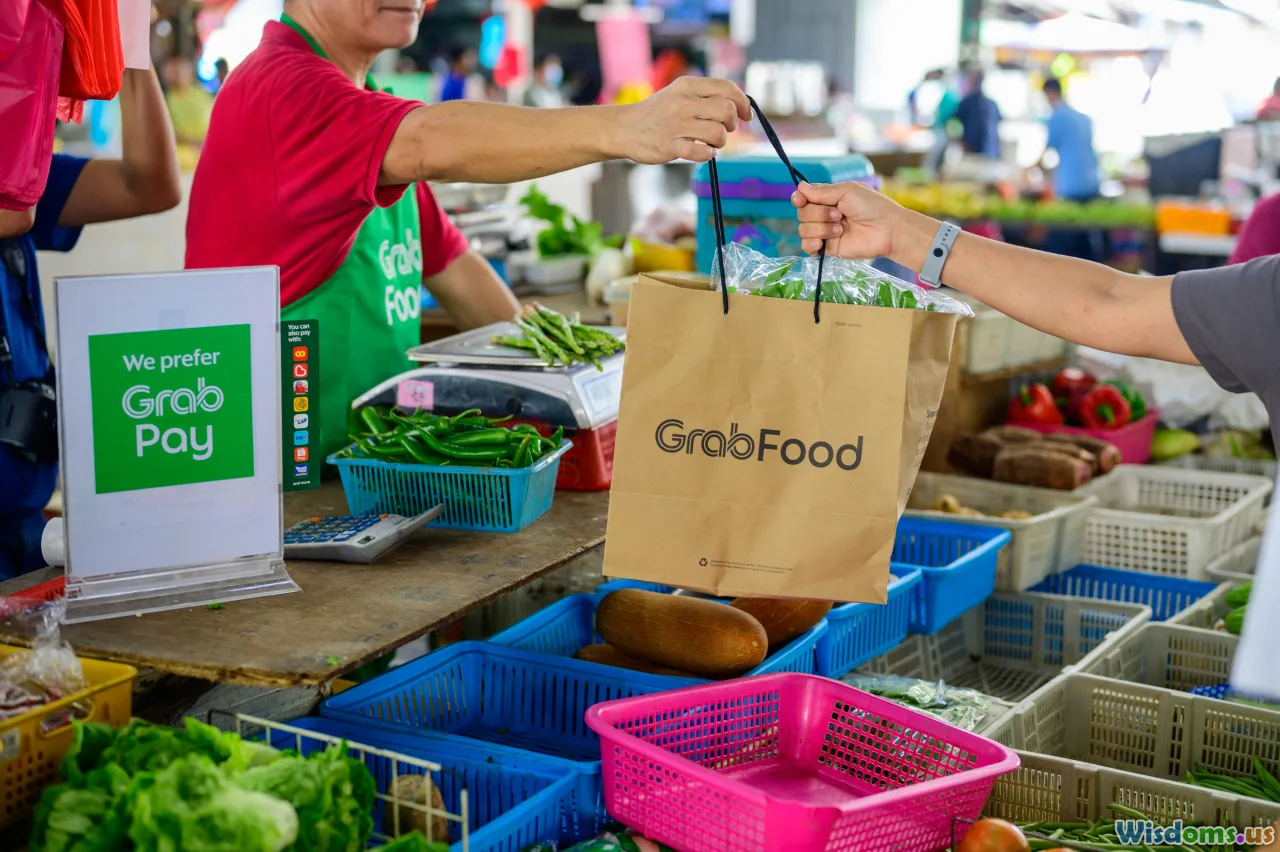
Let’s consider the global landscape: consumers today are increasingly aware of climate change, resource depletion, and the social costs of industrial food systems. According to a 2023 NielsenIQ retail study, 73% of Gen Z and Millennials are actively seeking out businesses that champion less wasteful, more ethical approaches.
Moments Driving the Trend:
- Corporate Responsibility: Major companies now routinely request environmental and diversity audits for their event partners, including caterers. Google’s annual developer conference, Google I/O, reported a 30% waste reduction in 2023 by reformulating its food delivery process around sustainability.
- Public Awareness: Documentaries like David Attenborough’s "A Life on Our Planet" and high-exposure exposés on food waste have turned more mainstream clients eco-conscious.
- Regulatory Pressure: Cities including San Francisco, Sydney, and Berlin mandate commercial event producers follow waste-diversion protocols and responsible sourcing policies.
Cultural Shifts at Play:
From vegan weddings to zero-proof cocktail hours, modern events reflect their hosts’ values—and the trend is contagious. Social media is abuzz with posts taking followers behind the scenes: guests sharing biodegradable cutlery, upcycled table décor, and plant-forward banquets.
From Farm to Fork: The Mechanics of Sustainable Catering
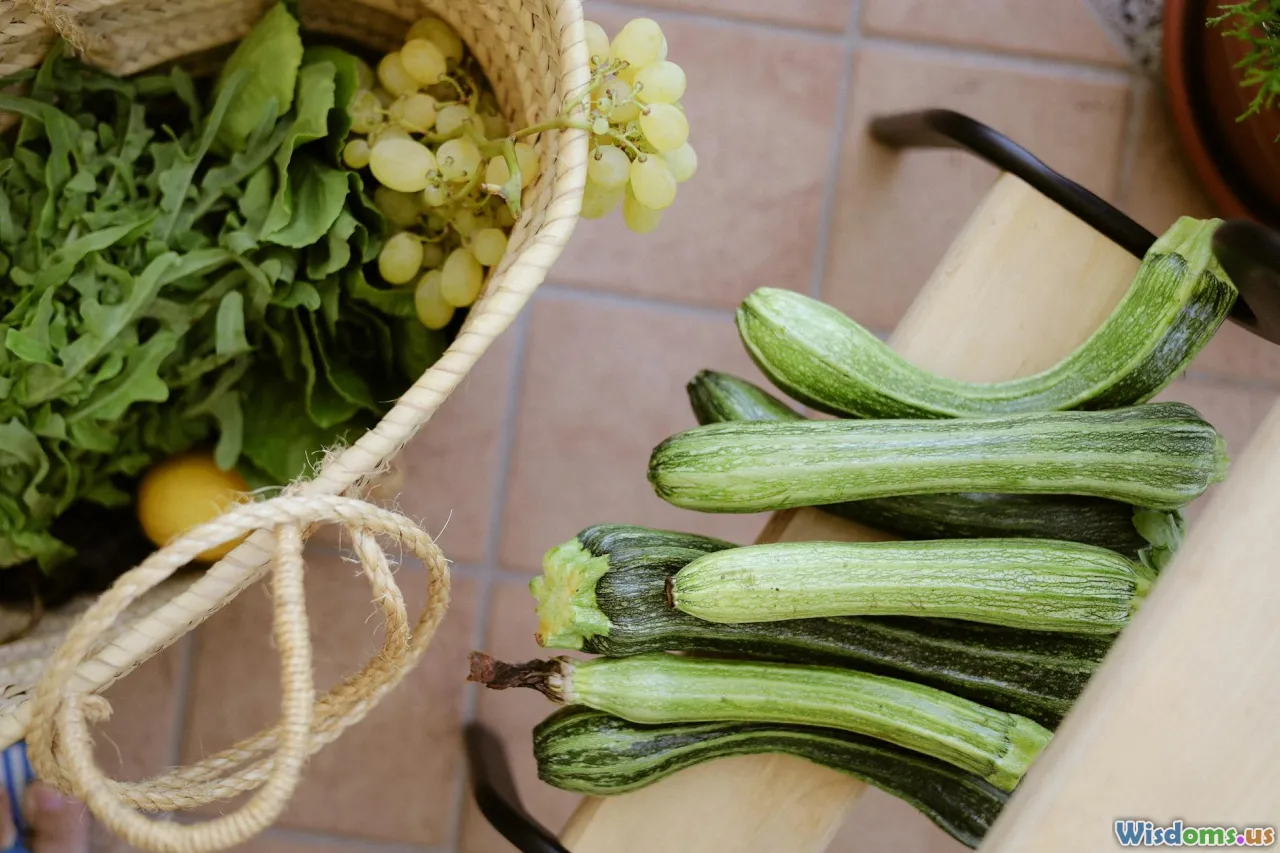
Sourcing and Partnerships
Sustainable caterers cultivate deep partnerships with small farmers, fisheries, local dairies, and artisanal producers. These relationships ensure not only fresher ingredients but also fairer compensation for regional ag producers. The shift is financial as much as ethical—supporting local means more resilient economies and a stronger supplier network amid global supply chain disruptions.
How-To: Building a Local Supply Network
- Inventory and Prioritization: Identify high-usage ingredients and start sourcing these closer to home.
- Farm Visits: Organize trips to meet farmers and producers. Relationships reduce miscommunication and foster supply transparency.
- Flexible Menu Design: Build menus that pivot with the harvest. This requires creativity and frequent updates, which, paradoxically, clients find exciting.
Case in Point: New Orleans-based caterer Aux Champs not only sources Cajun seafood locally, but features rotating micro-batch bread from neighborhood bakeries, adapting mid-season as local flour and flavor trends change.
Menu Planning and Seasonal Strategy
The days when caterers offered strawberries in December are fading. Now, menus are meticulously engineered to feature what’s literally in the ground or close to harvest: roasted root vegetables in winter, heirloom tomatoes through summer.
- Tip: Use seasonal availability charts to guide purchasing and menu writing. Share these insights with clients for buy-in and education.
- Insight: Seasonal focus often means better-tasting dishes and supports biodiversity, encouraging farmers to rotate crops rather than monocrop.
Example: At a winter corporate luncheon in Stockholm, vegetarian courses featured Jerusalem artichokes, winter kale, and apple cider sourced within 50 kilometers, earning rave reviews for both flavor and eco-integrity.
The Zero-Waste Challenge: How Caterers Are Redefining Event Waste
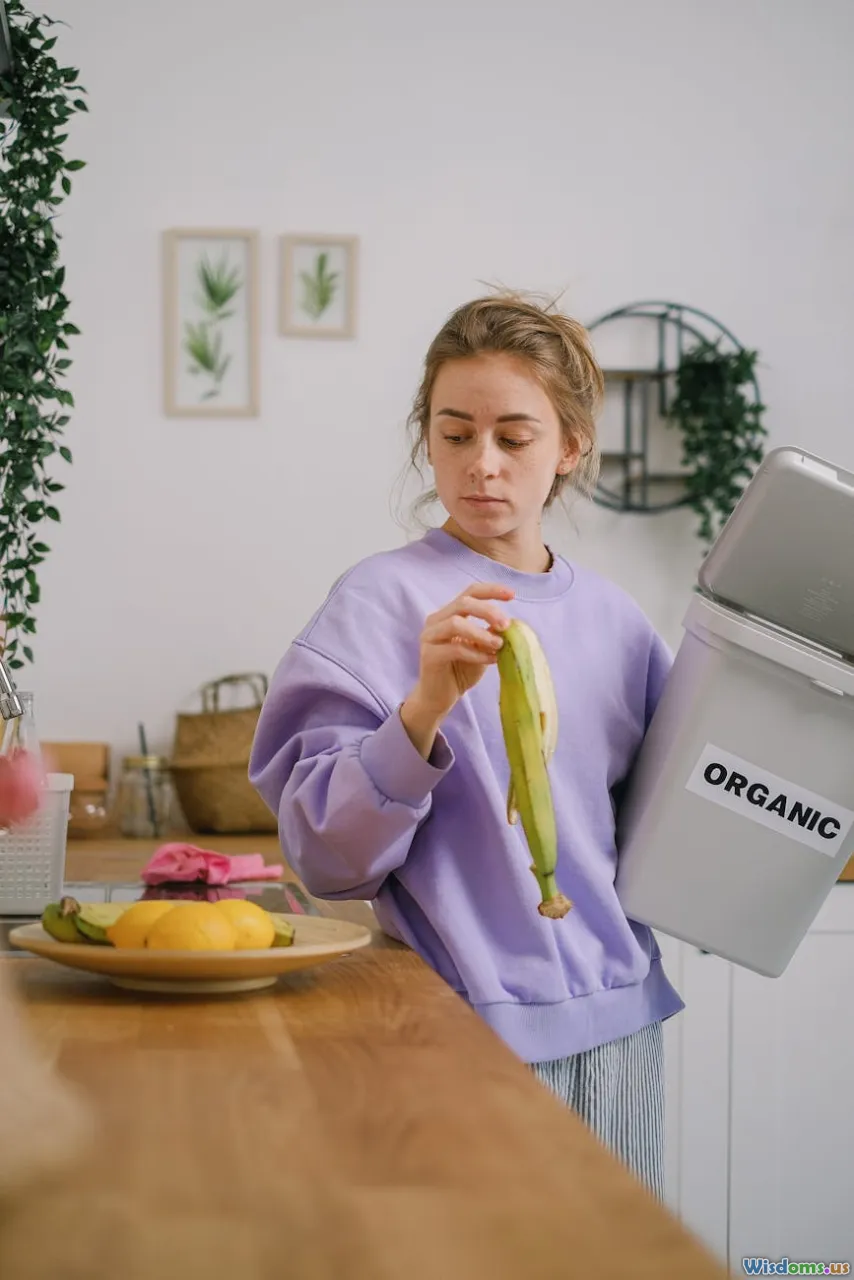
Of the 931 million tons of food wasted globally in 2022 (UNEP Food Waste Index), event catering accounted for a significant but often invisible fraction. Sustainable catering attacks this problem head-on with tactics that begin at the prep stage and extend well beyond the final course.
Pre-Event Analysis
- RSVP Precision: Advanced registration, dietary surveys, and trend-based attendance forecasting help right-size ingredient preparation, reducing excess from the outset.
- Batch Cooking: Modular prep—like keeping pasta separate from sauce—enables component repurposing if turnout shifts, with less spoilage.
Onsite Solutions
- Portion Control: Chefs design smaller, more numerous servings that encourage moderation and reduce plate waste.
- Donation Partnerships: Unserved food (abiding by safe food handling laws) can be redirected to shelters and nonprofits like Food Rescue US or OzHarvest in Australia.
- Green Disposal: Composting stations for food scraps, and clear waste sorting signage for guests, divert reusable waste from landfill.
Pro Insight: Toronto’s chic Evergreen Brick Works venue now provides clear-lidded organic waste bins next to beverage stations, cutting landfill waste by 45% over two summer seasons.
Plant-Forward and Alternative Proteins
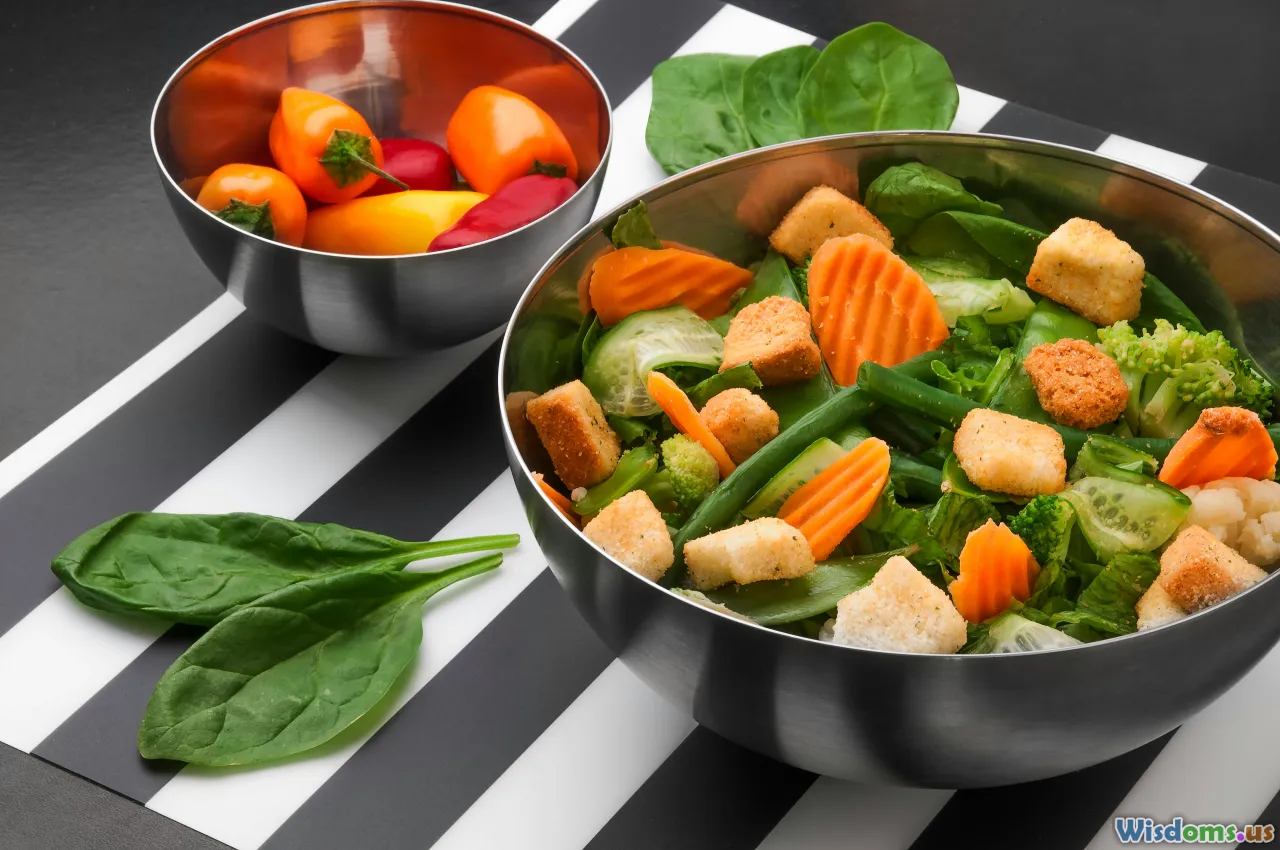
One of the most visible markers of the sustainable catering surge is the rise of plant-based, plant-forward, and alternative protein dishes.
Why Plants Dominate Sustainable Menus
Producing animal-based foods is resource-intensive: livestock accounts for nearly 15% of greenhouse gas emissions globally (FAO, 2021). Forward-thinking caterers see an opportunity to swing the balance—delivering high-end experiences with plant-centered entrées, legumes, ancient grains, and creative meat alternatives.
Tactics for Success:
- Diversified Menus: Blending mainstream crowd-pleasers (sliders, flatbreads) with innovative options like jackfruit carnitas, lentil walnut bolognese, or mushroom steaks.
- Global Inspiration: Drawing on cuisines where plant-forward eating dominates—think Ethiopian injera feasts, Vietnamese noodle salads, and Mediterranean spreads.
- Showcasing Local: Highlighting regional veggies and homegrown pulses integrates locality with global appeal.
Notable Example: Singapore’s Going Green events company partnered with a local tempeh producer to create fusion canapés that quickly became signature items, wowing guests used to more conventional spreads.
Alternative Proteins in Focus
The Impossible Burger and Oatly have become household names. Now, other proteins are making event debuts—fermented mycoproteins, farmed mussels, and chickpea-derived “egg” scrambles—offering versatility without animal-based emissions.
- Tip: Test dishes with focus groups or culinary teams before scaling to large events. Texture and taste are paramount.
Redesigning Event Experiences: Décor, Service, and Guest Engagement

Sustainability isn’t limited to food. Leading caterers and event planners reimagine the entire guest experience:
- Reusable Serveware: Investing in elegant, durable plates, cups, cutlery, and glassware transforms meals into memorable occasions and shrinks post-event waste mountains.
- Upcycled Décor: Tables dressed in vintage linens, booths built from reclaimed wood, and locally foraged wildflowers supplant single-use banners or plastic centerpieces.
- Transport and Carbon Tracking: Coordinating carpools, selecting venues accessible by public transit, and measuring the carbon impact of each event set a new industry standard.
- Guest Education: Creative signage, emcees mentioning the “story behind the meal,” or QR codes with farm bios draw guests into the sustainability narrative.
Real World Inspiration: At a recent Silicon Valley product launch, 200+ guests received digital thank-you notes post-event detailing the carbon savings from local sourcing and waste diversion, reinforcing the impact and winning repeat clients for the caterer.
The Economics: Is Sustainable Catering Viable and Scalable?

Skeptics may wonder if sustainable catering margins can compete with traditional models. While some eco-friendly ingredients or presentations cost more upfront, many caterers see long-term financial upsides:
- Reduced Food Costs: Menu flexibility paired with seasonal procurement can lead to cost-savings when produce is at its cheapest and surplus is plentiful locally.
- Waste Reduction: Less waste equals lower disposal fees and resource savings—a critical bottom-line booster.
- Premium Branding: Companies and private clients are willing to pay a premium for authenticity, ethics, and novelty—a trend reflected in upward shifts in average event spend where caterers lead with a sustainability guarantee.
Latest Data Point: A 2023 Business of Catering survey highlighted that 61% of sustainably-operating caterers reported higher profit margins versus only 38% among conventional ones, attributing the boost to waste efficiencies and increased client demand.
Advice for Success:
- Clearly itemize sustainable practices in client proposals.
- Use digital tools to track food miles, carbon output, and post-event waste—aids transparency and accountability.
- Host sustainability-focused tasting events for prospective clients and planners.
Overcoming the Challenges: Pitfalls and Real-World Solutions
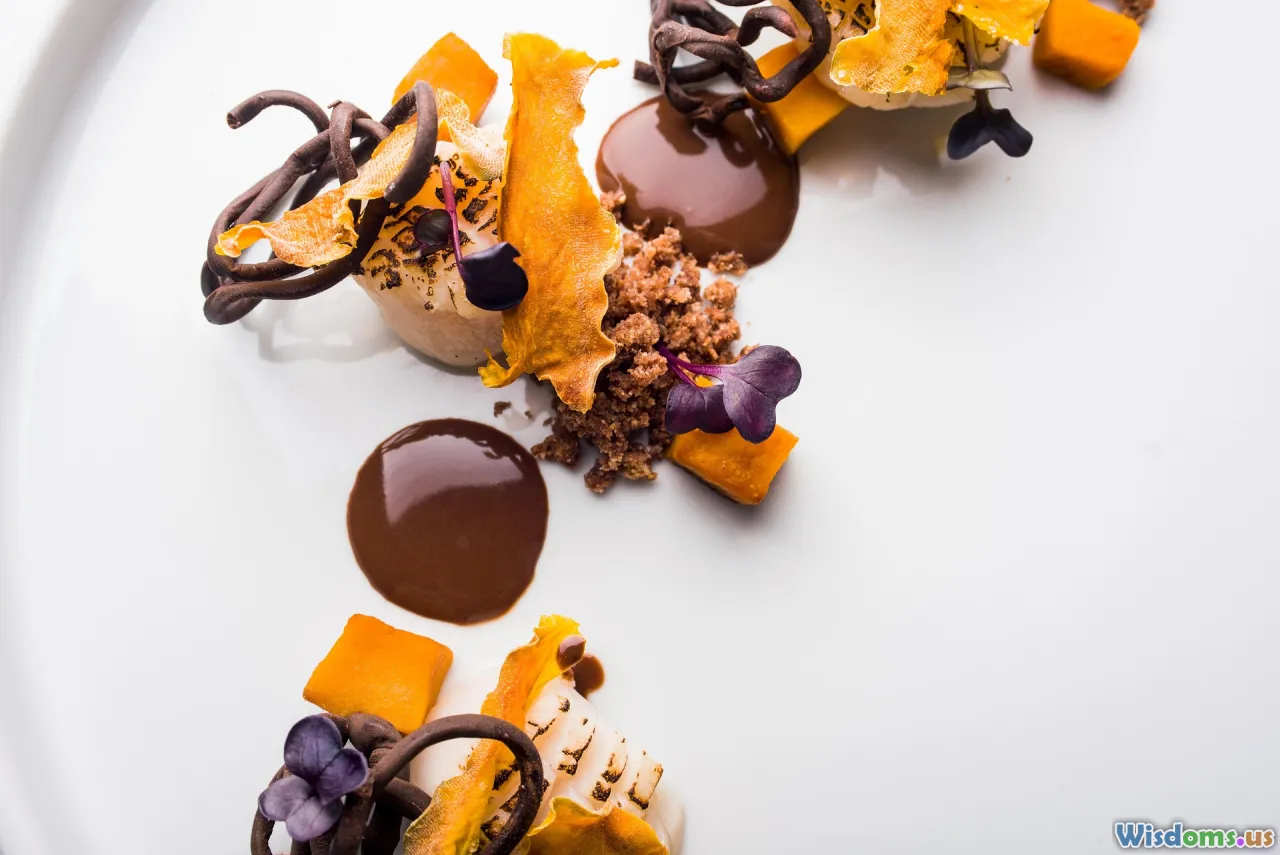
As momentum builds, sustainable catering also faces hurdles: unpredictable supply, higher labor needs, stricter tracking, and re-training teams.
Solutions and Success Stories
- Supplier Diversity: Work with multiple small vendors to buffer against delivery gaps.
- Staff Training: Ongoing sustainability education ensures everyone understands why and how things are done differently.
- Client Communication: Setting realistic expectations about seasonal limits produces less waste and more authentic experiences.
- Technology Leverage: Event management software like TripleSeat, HoneyBook, or bespoke apps standardize sourcing notes, attendee counts, and menu feedback.
Example: Bright Harvest Events in Napa launched a shared workspace app streamlining supplier communications and last-minute menu pivots, which reduced time-to-table lags by 24% over six months.
How to Embrace Sustainable Catering at Your Next Event
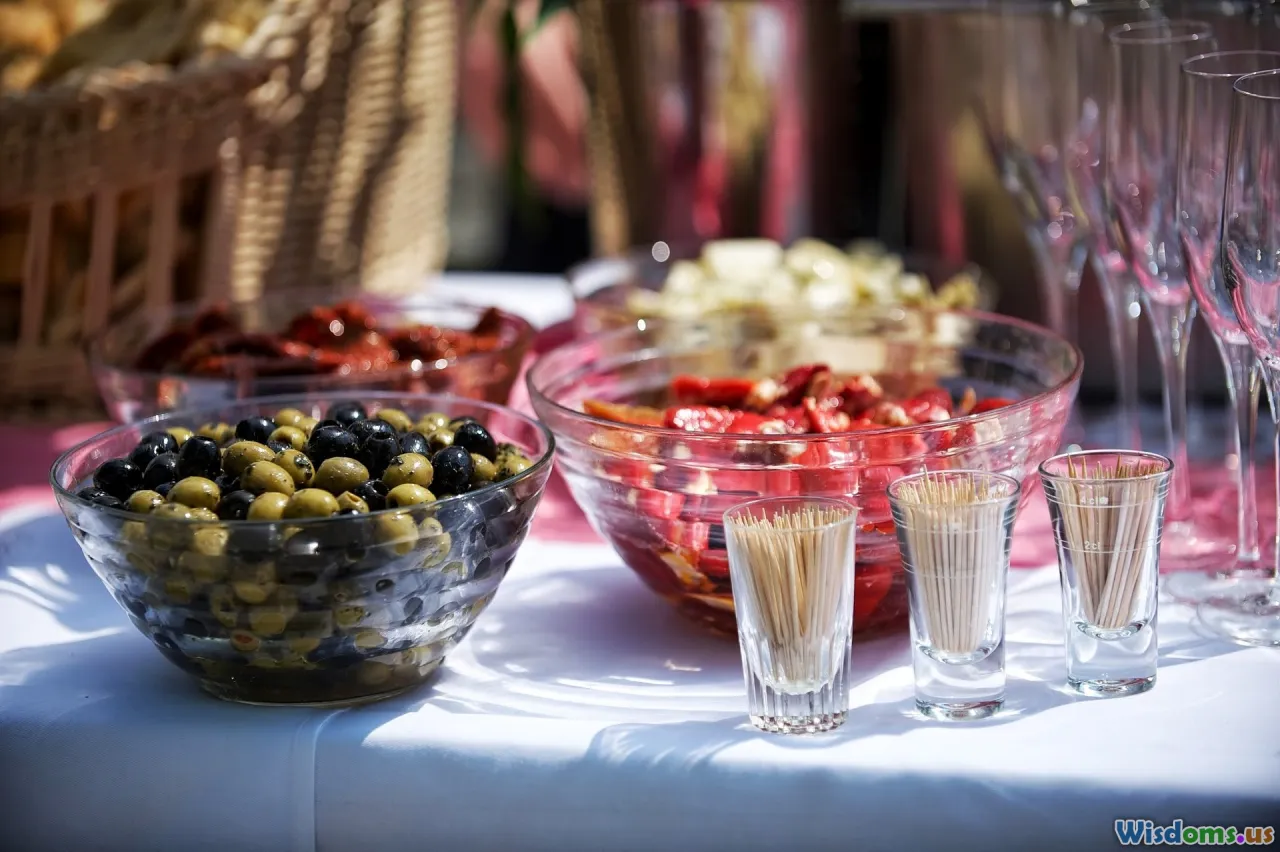
Whether you’re a professional planner, business owner, or simply planning a personal celebration, there are clear steps to join the sustainable catering movement:
Practical Checklist
- Request Local and Seasonal Menus: Ask caterers for current harvest options and supplier transparency.
- Insist on Reusable or Compostable Serveware: Discuss logistics beforehand to minimize event-day confusion.
- Ask About Post-Event Plans: Ensure composting or donation paths are clear and legal in your region.
- Share Your Vision: Let caterers know sustainability matters—many have untapped green solutions if prompted.
- Support Education: Encourage guests to engage, providing farm stories, source maps, or tours for open events.
Building a Culture Shift
Clients demand better, businesses are responding, and vendors are ready for bold, collaborative innovations. The magic happens when communities—be it cities, companies, or friend groups—align value with action, making every meal part of something bigger.
Instead of treating eco-friendliness as a feature, sustainable catering blends it seamlessly as the main ingredient. More than a fleeting trend, it’s increasingly regarded as hospitality’s next blockbuster movement: vibrant, conscientious, and one meal at a time, changing the world for the better.
Rate the Post
User Reviews
Popular Posts
















